How to properly water and feed a rose in a pot?
Not everyone has the opportunity to plant near the house rose... After all, most people now live in apartment buildings. But everyone can buy a potted indoor rose. Only it does not survive for everyone. What is the reason?
Content:
Description and types
Homeland indoor roses China is considered. The height of a bush or standard room rose can reach half a meter. But there are species of a different form: climbing and ground cover. It is better to grow them in hanging flowerpots or use ladders.
The leaves of a room rose are the same as those of a garden rose: pinnate, with five leaves with a serrated edge. The flowering time of a room rose depends on the species and can range from a month to six months or more. The colors of indoor roses repeat the colors of garden roses: from snow-white to dark red, called black. The sizes of flowers can also be different.
The main types of indoor roses:
- The tea house blooms for several months in summer. Usually in the spring it is planted on the street.
- Bourbon grows up to 50 cm. It blooms from mid-summer to December, from January to March it rests, shedding leaves.
- Repaired flowers bloom almost all year round. Medium-sized flowers of various colors.
- Bengali is distinguished by its unpretentious care.
- Chinese with a lot of small flowers. The bush is completely covered with them.
- Polyanthus with few thorns, small but numerous flowers. Differs in frost resistance.
Indoor rose propagates by rooting cuttings. The grafted plants take root very poorly.
Room rose care
Indoor roses are hardy plants. The conditions in the apartment for them are not much different from those in which their street counterparts live. She loves fertile soil, bright light, abundant watering, fresh air, tolerates a drop in temperature during a dormant period. Not afraid of drafts at all. But only most of these parameters, obtained on the street from nature, need to be created in the apartment ourselves, moreover, do it regularly.
Care Tips:
- A rose in a pot, like outside, requires a lot of light. It can be installed on a south or southeast window. But there the root system can overheat. Rose does not like this very much, so she suffers. To prevent this from happening, it is advised to hide the pot in a light planter. It will decorate the pot and protect the roots of the rose. Shading, natural (tree outside the window) or created by the owners, can also block bright rays.
- In the summer, you need to provide the rose with abundant watering... Do not use cold water for this. She can destroy the flower. Defend the water, wait until it warms up to room temperature.
- And in winter, caring for a rose is dictated by its specific features. If this is a remontant species that blooms almost all summer, then it does not retire for the winter. They take care of her in the same way as in the summer. If there are few bright days, and they are short, they highlight the rose additionally phytolamps, fertilize.
- In order for a room rose to develop well and bloom, it must be fed regularly. It is not very convenient to use organic fertilizers such as humus in an apartment. It is easier to buy a liquid feed for flowering plants. It is applied 2 times a month for the entire growing season.And when the plant begins to bloom, you can feed it once a week, but with a solution of a lower concentration. In the spring, when the rose is transferred to the balcony or garden, it becomes possible to make organic fertilizers: infusion solution mullein or chicken droppings.
- The first buds that appear on a young rose are plucked. The second row is also removed. This will cause the plant to bush. Those buds that have bloomed are cut immediately after they have fully opened. There is no need to wait for the petals to fall and the fruit to form. This will weaken the rose and reduce the flowering power. After all, it will spend a lot of energy on unnecessary multi-nut fruits.
If you decide to feed the rose with organic matter, first water the plant with cold water, then add top dressing and water it again. Immediately after transplanting, the rose is not fertilized. They are waiting for her to grow. Do not carry out the procedure with diseased plants. First you need to cure them.
Wintering conditions
Bourbon, tea rose is left alone for the winter. During this period, it is practically not watered. Sometimes they only moisten the soil so that it does not dry out at all. But this is only if it was possible to organize a wintering for her on a glassed-in loggia or another place at a temperature of at least 6 ° C.
If it was not possible to make the "winter", they find the coldest place in the apartment, at least 15 ° С. It should be well lit. In this case, you need to water the plant, spray the rose with water daily. This will save her from being struck by a spider mite, which is activated at low humidity.
At the end of August, seasonal roses begin to prepare for the dormant period. At this time, no fertilizers are applied, especially nitrogen fertilizers. At the end of September, they move it to a room with a low temperature (glazed balcony) and wait until the leaves turn yellow and fall off. In the fall, the rose is pruned and transplanted.
For small types of roses, they are shortened by 10 cm, for large-flowered roses, 5 buds are left on each stem.
Cutting a rose is necessary not only for the formation of a bush. This is an important procedure for setting buds for subsequent flowering. If it is not carried out, the plant may not bloom at all next year.
Florists who follow the lunar calendar advise to carry out all the care procedures (pruning, transplanting) only during the growing moon. Do not disturb the "sleeping" rose until February. In the middle of the month it is time for her to "wake up".
Rose transplant
Indoor rose does not tolerate root damage. Therefore, it is often not necessary to transplant it. This also applies to the newly acquired plant. It is not worth replanting it until the time when it adapts to the conditions of the room where she will have to live in the future.
A rose pot is prepared before transplanting. They look that there is a drainage hole at the bottom. Ceramic dishes are soaked in water for several hours.
The pot that was in use is thoroughly washed with a stiff brush without the use of detergents.
A drainage layer is laid on the bottom: pebbles or large expanded clay. Its thickness should not be less than 1 cm. The plant is transplanted by the transshipment method. This way the roots are practically not damaged. The top layer of soil is carefully removed, adding a new one instead.
Growing errors
The indoor rose reacts to improper care by changing its appearance:
- With insufficient watering and low air humidity, the leaves turn brown at the edge, dry out and fall off.
- Too frequent watering, spraying and frequent sprinkling with cold water, keeping at low temperatures contributes to root rot. Leaves fall off too.
- Indoor rose reacts to changes in content parameters by dropping leaves. You can not often transfer it from one place to another, drastically change the temperature in the room.
- If a room rose is not transplanted for several (more than 3) years, it stops growing and blooming, disappears.
If you create all the necessary conditions for a room rose, it will delight with flowers for many years.
More information can be found in the video:




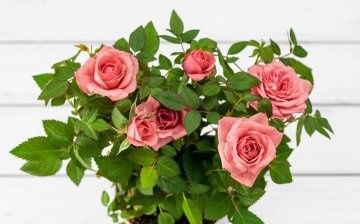
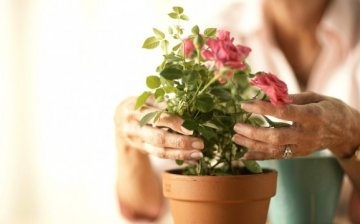
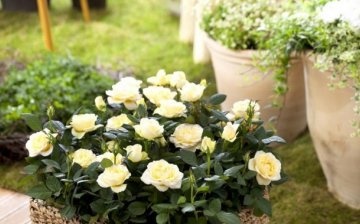
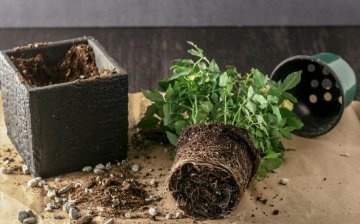
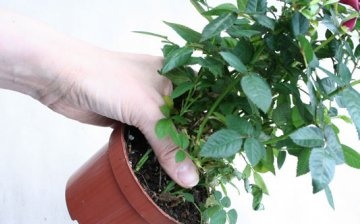






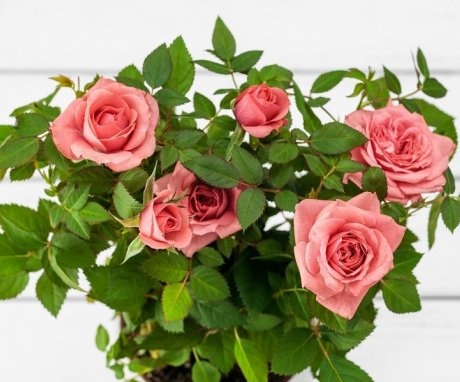
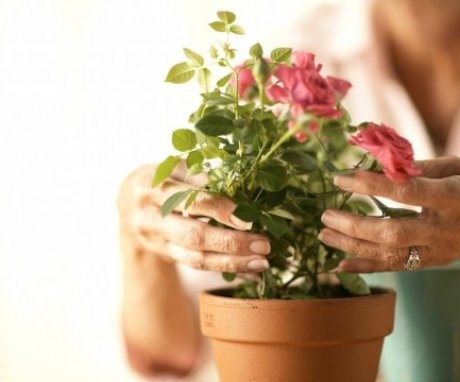

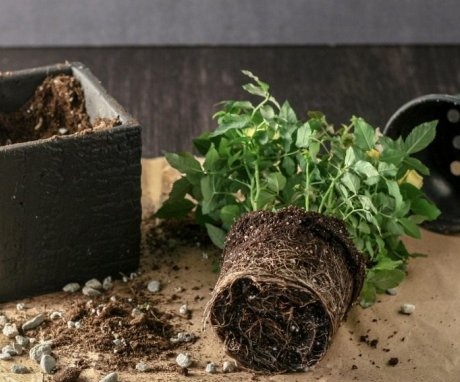
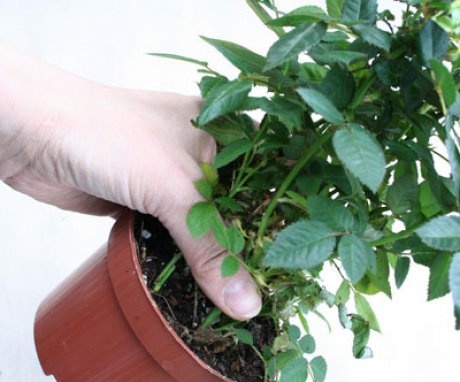
A very interesting indoor flower. If you work out all the technology of its cultivation and care, then it will not take much time, and as a result, incredibly beautiful flowers will appear and will delight the eye for up to six months.